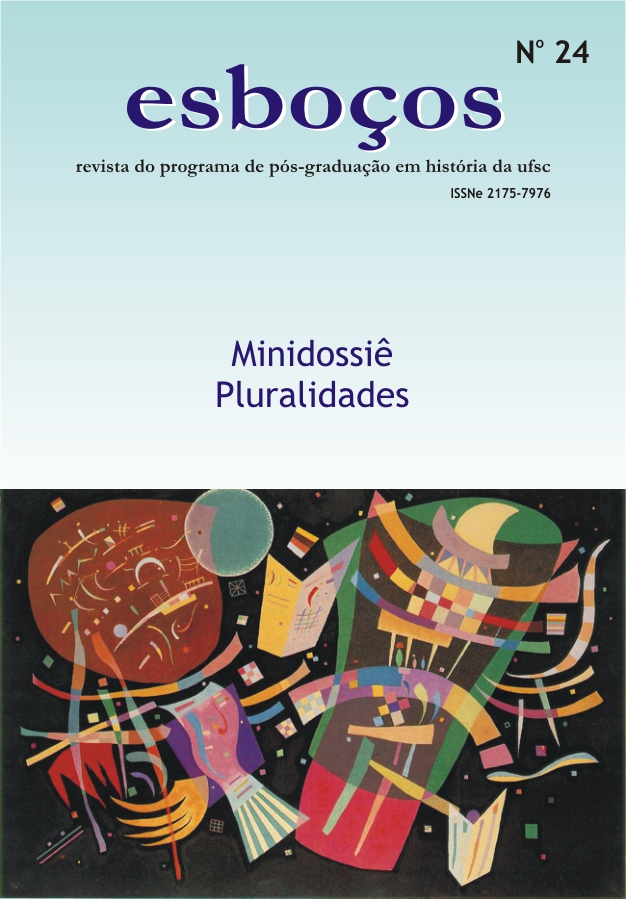The path to a satisfactory solution: the profitable separation of farming and industry and the sugar production in Brazil
DOI:
https://doi.org/10.5007/2175-7976.2010v17n24p134Abstract
This study aims to examine the changes in the Brazilian sugar cane agribusiness from the second half of the nineteenth century. We focus on research on the defense of the separation between farming and industry as a way of implementating technical mechanisms that would enable a lower cost production and improve the quality and quantity of sugar cane. The central sugar mill, as the new production facility, was called, come into being in Brazil as a result of low 2687, of 1875. It is important to emphasize the vast literature of this time, by technical, statesmen and producers and the insistence of these authors in the benefits of the separation between agriculture and manufacturing.Downloads
Published
2010-12-17
How to Cite
Meira, R. B. (2010). The path to a satisfactory solution: the profitable separation of farming and industry and the sugar production in Brazil. Esboços: Histories in Global Contexts, 17(24), 134–148. https://doi.org/10.5007/2175-7976.2010v17n24p134
Issue
Section
Article
License
Esboços: histories in global contexts adopts an Open Access policy and it is licensed under a Creative Commons Attribution 4.0 International License (CC-BY 4.0). Authors will be asked to sign an open access license agreement before publication.
Authors who publish with this journal agree to the following terms:
- Authors grant the journal Esboços: histórias em contextos globais (ISSN 2175-7976) right of first publication with the work simultaneously licensed under a Creative Commons Attribution 4.0 International License (CC-BY 4.0).
- This license allows users to remix, transform, and build upon the material, on the condition of giving acknowledgement of the work's authorship and initial publication in this journal.
- 3.Authors are able to enter into separate, additional contractual arrangements for the non-exclusive distribution of the journal's published version of the work (e.g., post it to an institutional repository or a personal website, or publish it as a book chapter or a translation).

This work is licensed under a Creative Commons Attribution 4.0 International License.







